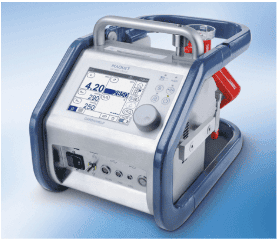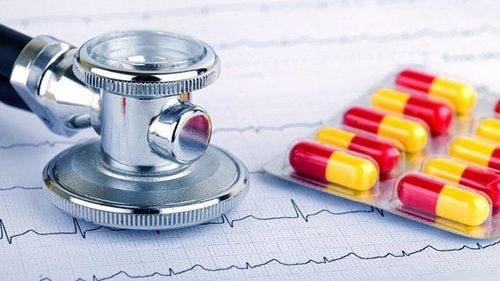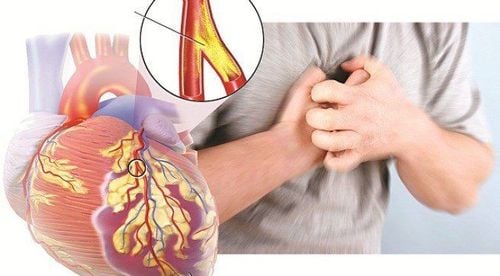This is an automatically translated article.
Extracorporeal membrane oxygenation (ECMO) is a technique that temporarily supports cardiopulmonary function by an artificial cardiopulmonary system. This technique is used on patients with respiratory and circulatory failure, especially myocarditis, to help patients overcome critical conditions, and to give the heart and lungs time to rest and recover.1. What is extracorporeal membrane oxygenation?
Extracorporeal membrane oxygenation (ECMO) is a method of circulatory and respiratory support when both of these functions cannot function properly. ECMO technology works to replace heart or lung activity, or both, for a short period of time.ECMO technique helps to bring blood out of the body, remove CO2 and add O2 to red blood cells, then return O2-rich blood back to the body. Therefore, this technology is used in cases of heart failure, severe respiratory failure, even apnea to give doctors time to find the cause and provide treatment.
ECMO is widely used in young children, especially infants. However, adults with heart failure, respiratory failure, or heart conditions that interfere with breathing, circulation, and are life-threatening can use ECMO.
2. Application of extracorporeal membrane oxygenation in the treatment of acute myocarditis
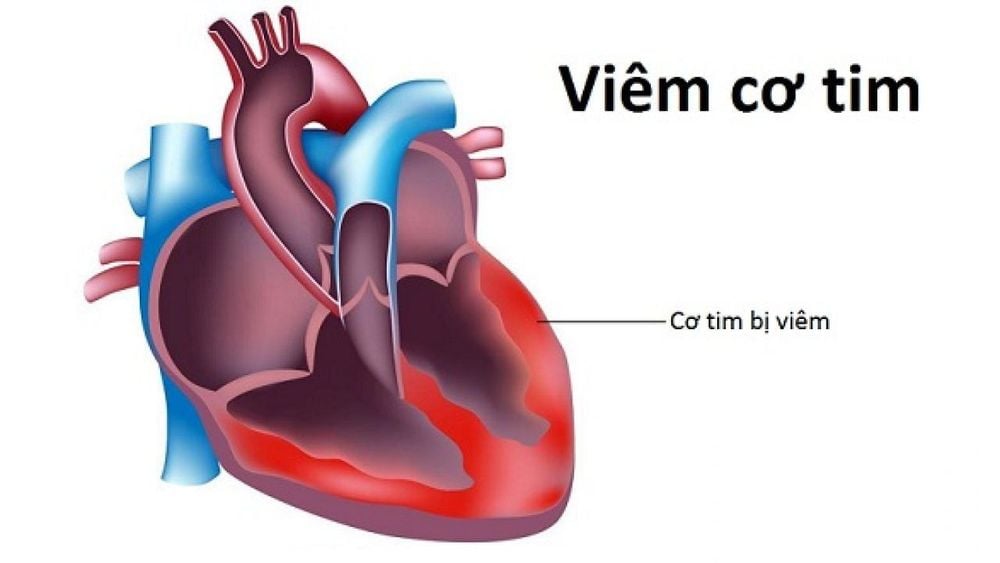
Viêm cơ tim là một bệnh có diễn biến nhanh chóng, phức tạp, gây nguy hiểm đến tính mạng người bệnh nếu không được điều trị sớm và kịp thời
In cases where the patient is hospitalized with fulminant form, the indications for treatment such as respiratory support, use of vasopressors, antiarrhythmic drugs are almost unresponsive. Accordingly, supporting respiration and circulation by pericardial oxygenation is the only option left that can help revive the patient. ECMO acts as an artificial heart, lung, and active hypothermia to protect the brain; Continuous dialysis to support the liver and kidneys helps maintain the patient's life, and at the same time gives the heart time to rest and recover.
After being supported by pericardial oxygenation, the patient has time to respond to vasopressors, antiarrhythmic drugs that at the time of acute manifestation of the disease do not respond and there is time for the heart and lungs to be treated. rest and recuperate.
In addition to myocarditis, ECMO is also applied in all other diseases leading to respiratory and circulatory failure such as:
Support after heart surgery, after coronary artery bypass surgery, placement of ventricular assist devices Heart failure Acute heart failure refractory to medical therapy with maximum catecholamine dose: Adrenalin > 4 μg/min Dopamine or Dobutamine > 20 μg/kg/min Acute respiratory distress syndrome (ARDS) Pneumonia (viral, bacterial, pneumonia) aspiration) Pulmonary dysfunction after organ transplantation Pulmonary edema after pneumonectomy Cardiogenic shock Cardiac arrest
3. Methods of treating myocarditis with ECMO
The two most common types of ECMO are venous-arterial (V-A ECMO) and venous-venous ECMO (V-V ECMO). ECMO helps blood that is taken outside the body from the venous system to be supplemented with oxygen and then returned to the body. In V-A ECMO, blood is returned to the arterial system and in V-V ECMO blood is returned to the venous system. However, V-V ECMO only supports breathing, not the heart, and V-A ECMO can support both heart and respiration.3.1 Venous-arterial (V-A ECMO) In veno-arterial method (V-A ECMO), the practitioner places an intravenous catheter into the left or right femoral vein to draw blood out to the side external and an arterial catheter into the left or right femoral artery to return blood to the body. The position of the catheter tip in the right femoral vein was kept immediately near the junction of the inferior vena cava and the right atrium, while the tip of the right femoral artery was in the iliac artery.
3.2 Vein-Venus (V-V ECMO) In veno-venous ECMO (V-V ECMO), the practitioner places a catheter into the femoral vein to drain blood and the right internal jugular vein to return blood.
4. Contraindications of ECMO

ECMO chống chỉ định tuyệt đối với người có độ tuổi trên 65
5. Complications of extracorporeal membrane oxygenation (ECMO)
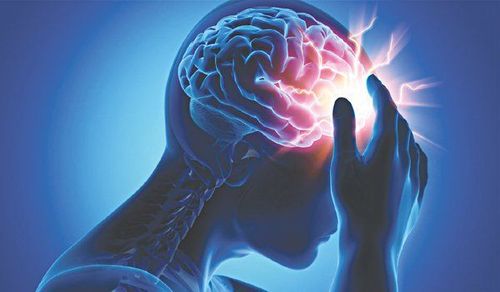
Đột quỵ là biến chứng có thể gặp của oxy hóa máu qua màng ngoài cơ thể
Besides, the hospital has invested in modern machinery and equipment to support doctors during surgery and patient resuscitation, such as: Maquet's HR20 artificial heart and lung system, Machine breathe GE's R860.
Please dial HOTLINE for more information or register for an appointment HERE. Download MyVinmec app to make appointments faster and to manage your bookings easily.





